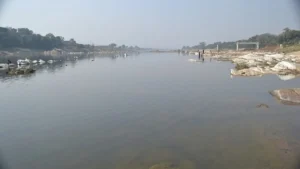Nawang Gombu Sherpa was a remarkable mountaineer who made history by becoming the first person to summit Mount Everest twice. His groundbreaking climbs in 1963 and 1965 set world records that inspired climbers and adventurers globally. Gombu’s exceptional skills and dedication not only showcased the vital role of Sherpas in mountaineering but also left an enduring legacy in the world of high-altitude climbing.
Early Life and Background of Nawang Gombu Sherpa
Born in the Kharta region of Tibet, Gombu’s early life was shaped by his family’s complex history. His father, a monk, and his mother, a nun from a serf family, eloped, which caused a local scandal. Gombu was sent back to Tibet to study at Rongbuk Monastery, near Everest base camp, but he eventually fled to Khumbu, where he discovered his passion for climbing.
Climbing Career of Nawang Gombu Sherpa
Gombu quickly established himself as a talented mountaineer. He became the youngest Sherpa to reach 26,000 feet and achieved notable milestones throughout his career. In 1964, he was the first Indian and the third person globally to summit Nanda Devi, standing at 24,645 feet. The following year, he made headlines by becoming the first individual to climb Mount Everest twice: first with the American Expedition in 1963 and then with the Indian Everest Expedition in 1965. This record remained unbeaten for nearly two decades.
Honors and Awards Presented to Nawang Gombu Sherpa
- 1953 – Tiger Medal
- 1953 – Queen Elizabeth II Coronation Medal
- 1963 – Hubbard Medal of the National Geographic Society, USA
- 1964 – Padma Shree – India [13]
- 1965 – Padma Bhushan – India [13]
- 1966 – Indian Mountaineering Foundation’s Gold Medal – India
- 1967 – Arjuna Award – India
- 2006 – Tenzing Norgay National Adventure Award – India
Legacy of Nawang Gombu Sherpa
Nawang Gombu’s legacy is one of courage, determination, and service. His groundbreaking achievements in mountaineering and commitment to his community have made him a revered figure in the world of climbing. He passed away on 24 April 2011, but his remarkable contributions continue to inspire new generations of adventurers.




 Which Crop is known as the King of Oilse...
Which Crop is known as the King of Oilse...
 Which River is known as the Gold River o...
Which River is known as the Gold River o...
 Which Country is Known as the Land of Sp...
Which Country is Known as the Land of Sp...







